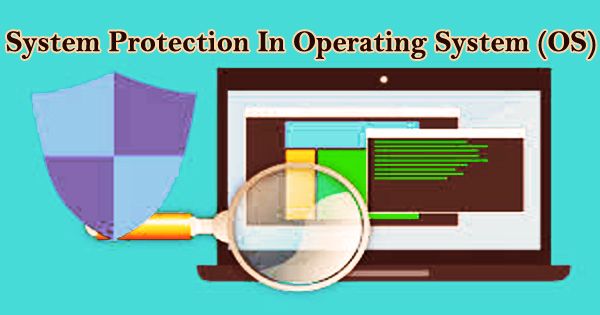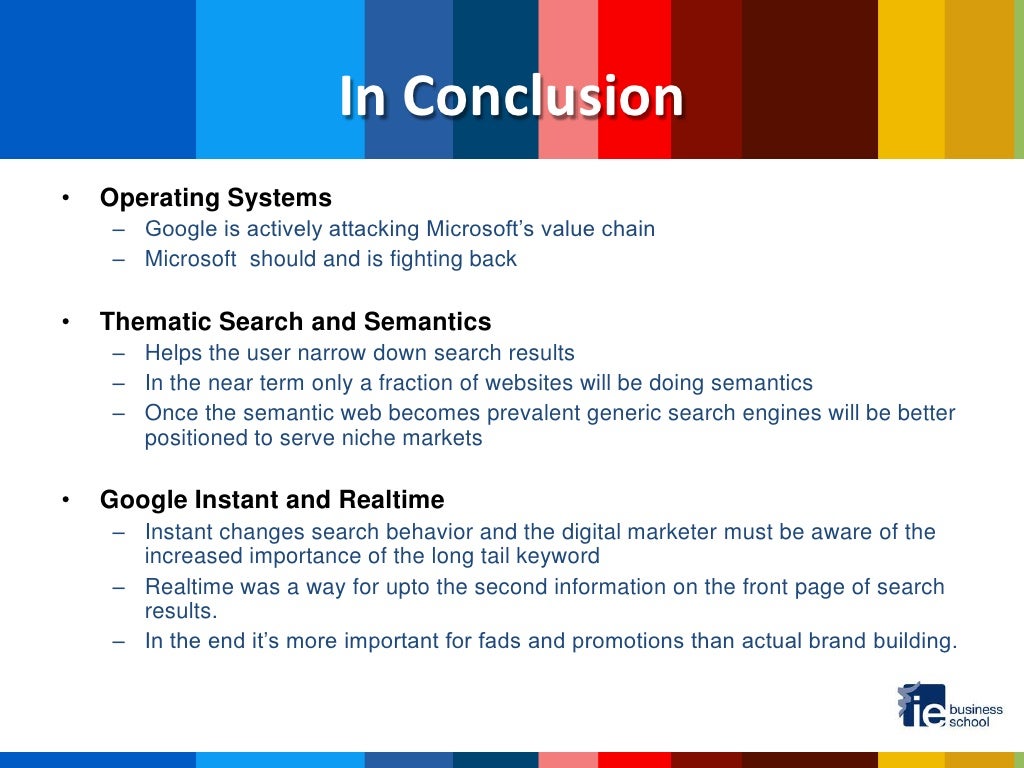Domain Of Protection In Operating System Presentation
| Introduction to Domain of Protection in Operating System | ||
|---|---|---|
| Domain of protection refers to the set of privileges and access rights that are granted to different entities within an operating system. It ensures that only authorized users or processes can access specific resources and perform certain actions. The domain of protection helps maintain the security and integrity of the operating system and its resources. | ||
| 1 | ||
| Types of Domains in Operating System | ||
|---|---|---|
| User Domain: This domain represents the privileges and access rights granted to individual users. It ensures that users can only access resources and perform actions that are authorized for them. Process Domain: This domain defines the privileges and access rights of individual processes within the operating system. It prevents processes from interfering with each other and accessing unauthorized resources. System Domain: The system domain represents the highest level of privileges and access rights within the operating system. It is usually reserved for system administrators and allows them to manage and control the entire system. |  | |
| 2 | ||
| Mechanisms for Domain Protection | ||
|---|---|---|
| Access Control Lists (ACLs): ACLs are a commonly used mechanism to define and enforce domain protection. They specify the permissions and access rights for each user or process, allowing or denying access to specific resources. User Authentication: User authentication mechanisms, such as passwords or biometrics, ensure that only authorized users can access the system and its resources. This helps enforce domain protection by preventing unauthorized access. Privilege Levels: Operating systems often define different privilege levels, such as user, administrator, or system. Each privilege level has its own set of access rights and restrictions, enforcing domain protection based on the user's privilege level. |  | |
| 3 | ||
| Benefits of Domain Protection | ||
|---|---|---|
| Security: Domain protection prevents unauthorized access and ensures that only authorized users or processes can access sensitive resources. This helps protect the system from malicious activities and unauthorized modifications. Integrity: By enforcing domain protection, the operating system maintains the integrity of its resources, preventing unauthorized modifications or corruption. Isolation: Domain protection allows for the isolation of different users and processes, preventing interference between them. This helps maintain system stability and prevents one user or process from affecting others. |  | |
| 4 | ||
| Challenges in Domain Protection | ||
|---|---|---|
| Complexity: Implementing and managing domain protection mechanisms can be complex, especially in large-scale operating systems with numerous users and processes. Performance Overhead: Enforcing domain protection can introduce additional overhead, potentially impacting system performance. Striking a balance between security and performance is crucial. User Error: Domain protection relies on users adhering to access restrictions and following secure practices. User error, such as sharing passwords or granting excessive privileges, can undermine domain protection. |  | |
| 5 | ||
| Conclusion | ||
|---|---|---|
| Domain of protection in operating systems is crucial for maintaining security, integrity, and isolation. Mechanisms such as ACLs, user authentication, and privilege levels are used to enforce domain protection. Despite challenges, domain protection remains an essential component of operating system security. | ||
| 6 | ||

